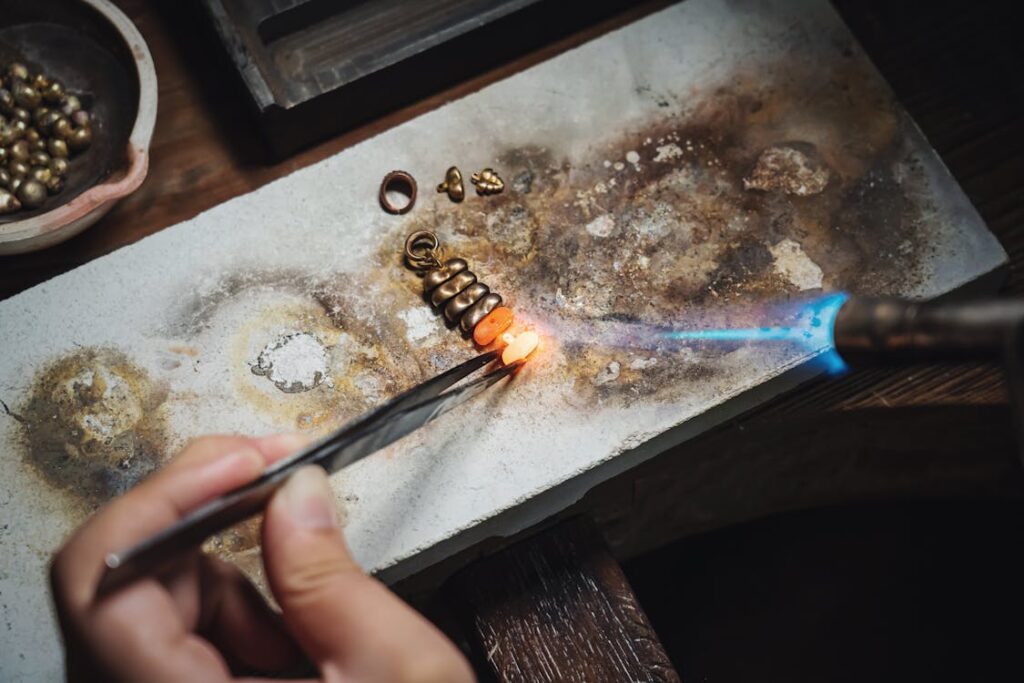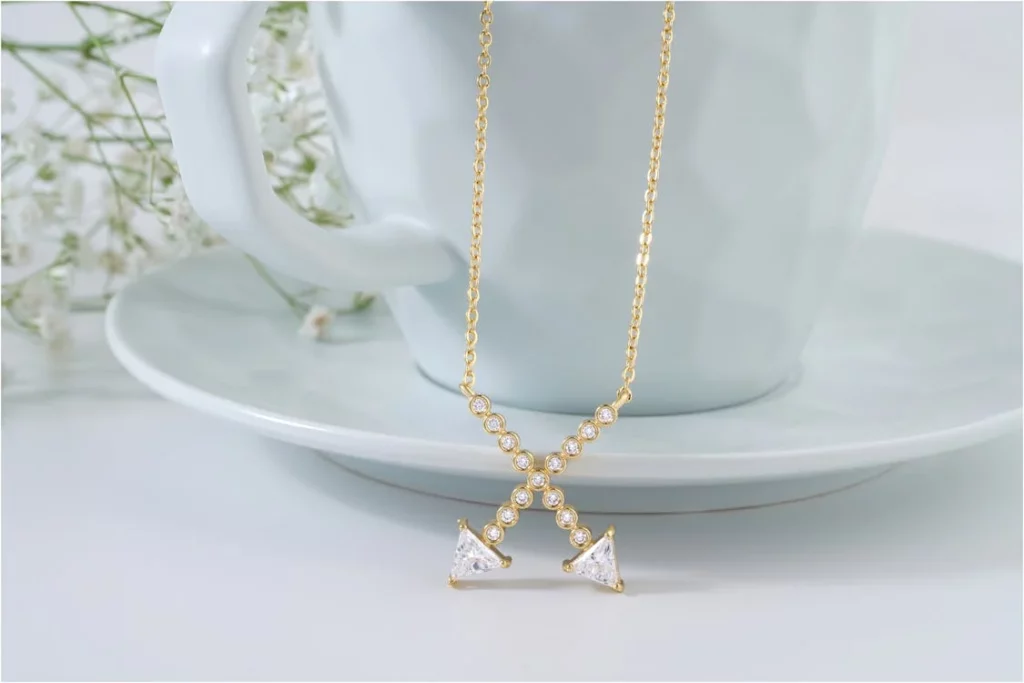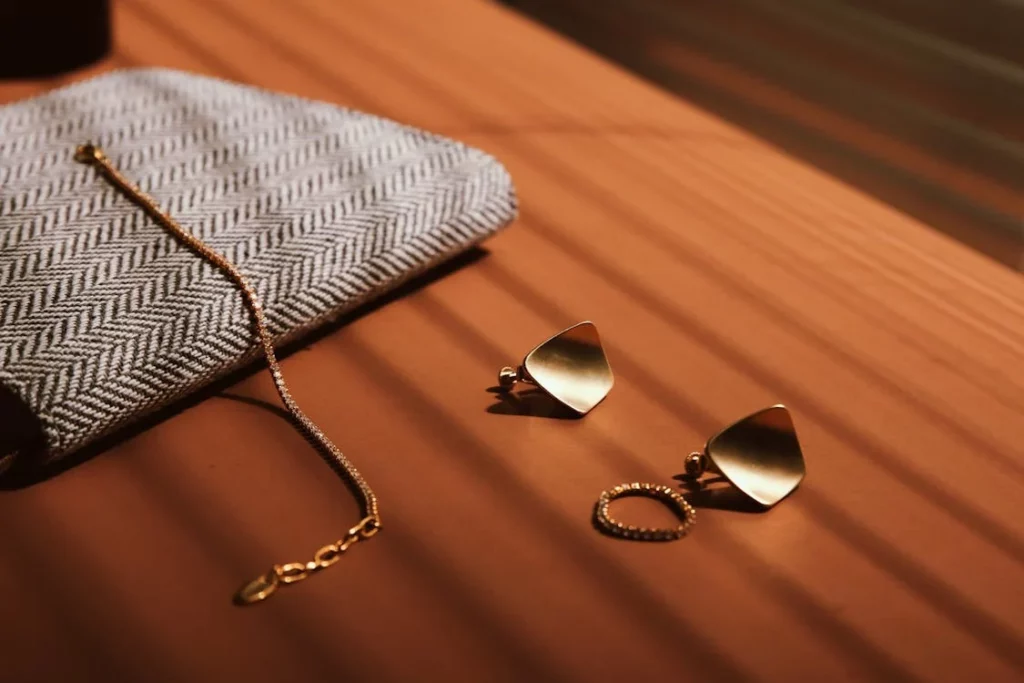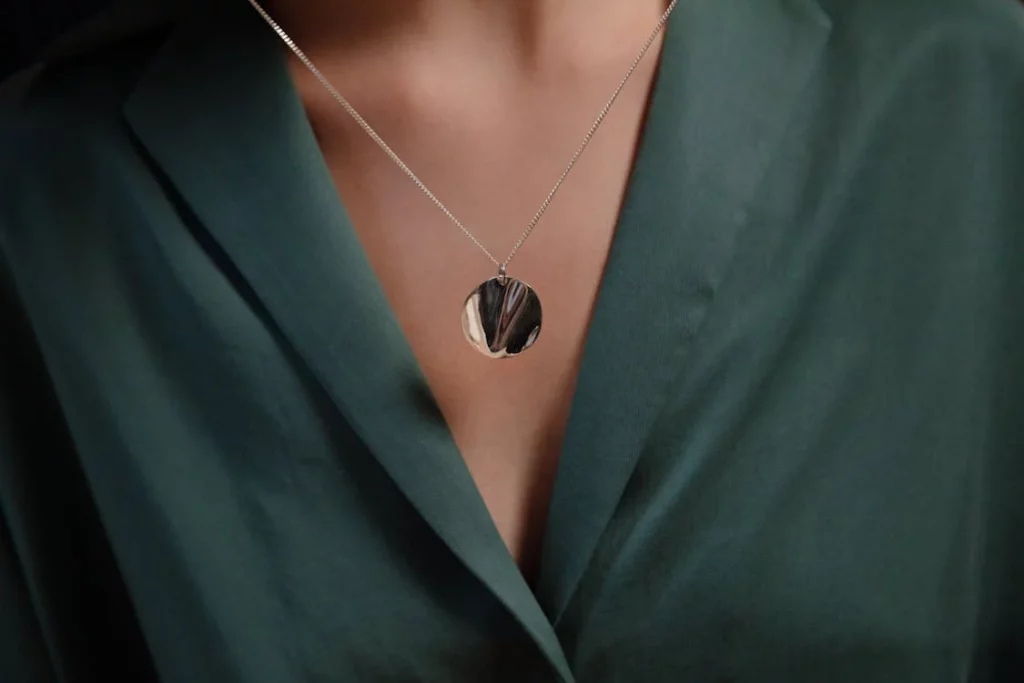If you’re in the business of selling beautiful, durable jewelry, you’ve probably come across the terms “surgical steel” and “stainless steel” more times than you can count. But do you really know the difference between these two popular materials? Don’t worry if you’re not 100% sure – we’re here to break it down for you in a way that’ll make you sound like a pro to your customers. Lets’s find out which one is better for piercings or sensetive skin.
What’s the Deal with Steel Jewelry?
Before we get into the nitty-gritty, let’s talk about why steel jewelry is such a hit in the first place. Steel jewelry has been gaining popularity for years, and it’s not hard to see why. It’s affordable, durable, and looks pretty darn good.
Plus, it’s a great alternative for customers with metal allergies who can’t wear certain types of jewelry. But not all steel is created equal, which brings us to our main event: surgical steel vs. stainless steel.
What is Surgical Steel Jewelry
What is Surgical Steel?
Surgical steel, despite its name, isn’t just one specific type of steel. It’s actually a term used to describe several grades of steel that are considered safe for use in medical implants and tools. The most common type you’ll encounter in the jewelry world is 316L stainless steel.
Composition and Properties
316L surgical steel typically contains:
- Iron (the base metal)
- 16-18% Chromium
- 10-14% Nickel
- 2-3% Molybdenum
- Small amounts of carbon, manganese, and other elements
This composition gives surgical steel some pretty impressive properties:
- Excellent corrosion resistance
- High durability
- Hypoallergenic for most people (though not 100% nickel-free)
- Ability to be sterilized without degradation
Why Jewelry Brands Love It
Surgical steel is a favorite among many jewelry brands because:
- It’s incredibly durable, making it perfect for everyday wear pieces.
- It maintains its shine and doesn’t tarnish easily.
- It’s relatively affordable compared to precious metals.
- The “surgical” name gives customers a sense of safety and quality.
What About Stainless Steel Jewelry?
What is Stainless Steel?
Stainless steel is a broader category that includes various steel alloys containing at least 10.5% chromium. This chromium content is what gives stainless steel its famous corrosion resistance by forming a protective layer of chromium oxide on the surface.
Grades of Stainless Steel in Jewelry
You’ll most commonly encounter these grades when talking about stainless steel jewelry:
- 304 Stainless Steel: Often called “food-grade” stainless steel
- 316L Stainless Steel: The same grade often used in surgical steel jewelry
- 430 Stainless Steel: A lower-cost option with less nickel
Composition and Properties
The exact composition varies by grade, but generally, stainless steel contains:
- Iron (base metal)
- 10.5-30% Chromium
- 0-22% Nickel (depending on the grade)
- Various other elements like carbon, manganese, and silicon
Properties of stainless steel include:
- Good corrosion resistance (though it can vary by grade)
- Durability and strength
- Affordability
- Versatility in terms of finish and color options
Why It’s a Hit in the Jewelry Industry
Stainless steel has been a staple in jewelry making because:
- It’s incredibly versatile and can be used for a wide range of designs.
- It’s more affordable than precious metals, allowing for trendy, budget-friendly pieces.
- Higher grades like 316L offer excellent durability and corrosion resistance.
- It can be easily plated with other metals for different looks.
The Comparison: Surgical Steel vs. Stainless Steel
Now that we’ve got the basics down, let’s compare these two materials head-to-head:
| Feature | Surgical Steel | Stainless Steel |
|---|---|---|
| Composition | Typically 316L grade: 16-18% Chromium, 10-14% Nickel, 2-3% Molybdenum | Varies by grade. 304, 316L, and 430 are common in jewelry |
| Durability | Extremely durable | Very durable (slight edge to surgical steel) |
| Corrosion Resistance | Excellent (superior due to molybdenum content) | Very good |
| Hypoallergenic Properties | Considered highly hypoallergenic (but not 100% nickel-free) | Generally hypoallergenic, depends on grade |
| Appearance and Finish | High polish, maintains shine well | High polish, more variety in finishes and colors |
| Cost | Slightly more expensive | Generally more affordable |
| Versatility | Excellent for body jewelry and certain fashion pieces | More versatile in applications and designs |
| Best For | Body jewelry, pieces for sensitive skin, durable everyday wear | Wide range of styles, affordable fashion jewelry |
| Care and Maintenance | Easy to clean, resistant to tarnish | Easy to clean, may require more frequent polishing |
| Marketing Appeal | “Surgical” name implies safety and quality | Known for durability and affordability |
| Recyclability | Recyclable, but less common | Widely recycled |
Durability
Both surgical steel and high-grade stainless steel (like 316L) are extremely durable. They resist scratches, dents, and general wear and tear better than many other jewelry materials. However, surgical steel might have a slight edge in terms of overall toughness.
Winner: Tie (with a slight advantage to surgical steel)
Corrosion Resistance
Both materials offer excellent corrosion resistance, but surgical steel (316L) has a bit of an advantage due to its molybdenum content. This makes it more resistant to chlorides, which are often found in sweat and saltwater.
Winner: Surgical Steel
Hypoallergenic Properties
While both are considered hypoallergenic for most people, surgical steel (316L) is often marketed as more hypoallergenic due to its use in medical applications. However, it’s important to note that both still contain some nickel, so they’re not 100% hypoallergenic.
Winner: Surgical Steel (but only by a small margin)
Appearance and Finish
Both materials can take on a high polish and maintain their shine well. However, stainless steel offers more variety in terms of finishes and colors, as it’s easier to plate and treat for different looks.
Winner: Stainless Steel
Cost
Generally speaking, surgical steel is slightly more expensive than standard stainless steel due to its stricter composition requirements. However, the price difference is often minimal, especially when compared to precious metals.
Winner: Stainless Steel (but it’s close)
Versatility
While surgical steel is excellent for body jewelry and certain types of fashion jewelry, stainless steel offers more versatility in terms of applications and design possibilities.
Winner: Stainless Steel
Making the Right Choice for Your Brand
So, which should you choose for your jewelry line? Well, it depends on your brand’s focus and target market:
- If you’re targeting the body jewelry market or customers with sensitive skin, surgical steel might be your best bet. The “surgical” name carries weight and can be a strong selling point.
- If you’re looking to offer a wide range of styles and finishes at an affordable price point, stainless steel gives you more options to play with.
- For everyday wear pieces that need to withstand a lot of abuse, both materials are excellent choices. You might lean towards surgical steel for its slight edge in durability and corrosion resistance.
- If sustainability is a key focus for your brand, stainless steel might have an advantage as it’s more widely recycled. Work with a reliable jewelry manufacturer.
Care and Maintenance Tips for Your Customers
Whichever material you choose, make sure to pass along these care tips to your customers:
- Clean regularly with mild soap and warm water.
- Dry thoroughly after cleaning or exposure to water.
- Avoid exposure to harsh chemicals, including chlorine and bleach.
- Store pieces separately to avoid scratches.
- For extra shine, use a jewelry polishing cloth occasionally.
The Bottom Line
Both surgical steel and stainless steel offer durability, shine, and affordability that make them attractive options for both jewelry makers and consumers. What matters most is the design, craftsmanship, and how you market your pieces. Whether you go with surgical steel or stainless steel, focus on creating beautiful, well-made jewelry that resonates with your target audience.
So, there you have it – your comprehensive guide to surgical steel vs. stainless steel jewelry. Armed with this knowledge, you’re ready to make informed decisions for your jewelry line and answer any questions your customers might throw your way. Happy selling, and may your jewelry always shine bright!











